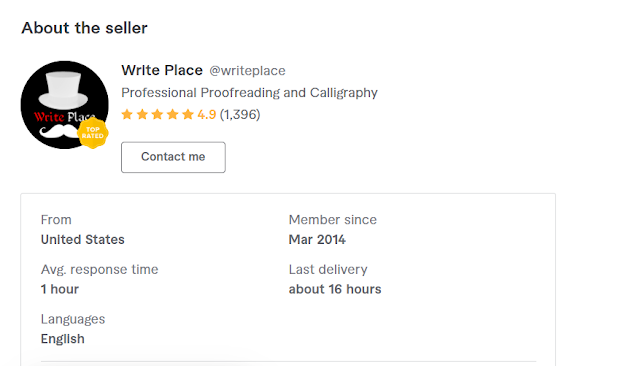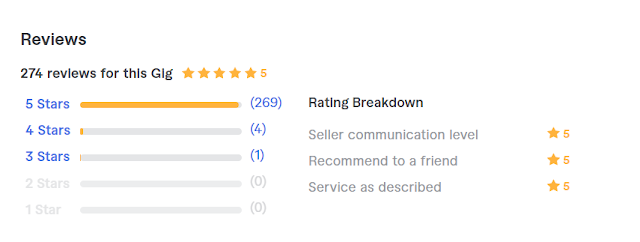Top 3 Best Calligraphy Arabic: Mastering the Art of Islamic Calligraphy
Introduction
Arabic calligraphy is a beautiful art form that holds deep cultural and religious significance. Its intricate designs and flowing strokes make it one of the most captivating forms of artistic expression. In this article, we will explore the top three best calligraphy Arabic styles, unveiling the elegance and mastery behind each. Whether you are a beginner or a seasoned calligrapher, this guide will provide valuable insights to enhance your understanding and appreciation of Islamic calligraphy.
link1// click here
History of Arabic Calligraphy
Arabic calligraphy has a rich history dating back to the 6th century. It originated with the revelation of the Holy Quran and quickly became an integral part of Islamic culture. The art form evolved over time, with various styles emerging to represent different periods and regions. Today, we will explore three of the most renowned calligraphy styles: Kufic, Naskh, and Thuluth.
Kufic Calligraphy: The Oldest Style
Kufic calligraphy, also known as the "father of Arabic scripts," originated in the city of Kufa, Iraq. It is characterized by its geometric shapes and angular letterforms. Kufic calligraphy was widely used in early Quranic manuscripts and architectural inscriptions. Its simplicity and boldness make it an ideal style for decorative purposes.
Naskh Calligraphy: The Classical Style
Naskh calligraphy is considered the most readable and versatile style of Arabic calligraphy. It emerged during the Abbasid period and gained popularity due to its legibility. Naskh calligraphy features rounded and cursive letterforms, allowing for fluidity and ease of writing. This style is widely used in contemporary contexts, such as books, magazines, and digital media.
Thuluth Calligraphy: The Majestic Style
Thuluth calligraphy is renowned for its grandeur and elegance. It originated in the 9th century and was favored by sultans and caliphs for official documents and royal decrees. Thuluth calligraphy is characterized by its elongated and sweeping letterforms. It requires precision and skill to master the balance and proportions of each stroke.
Comparison of the Three Styles
Each calligraphy style has its unique characteristics and applications. Kufic calligraphy is known for its bold and symmetrical compositions, making it suitable for decorative purposes. Naskh calligraphy, on the other hand, is versatile and widely used in everyday writing. Thuluth calligraphy exudes a sense of majesty and is often reserved for special occasions and monumental artworks. Exploring and practicing these styles will broaden your understanding of the art of Arabic calligraphy.
Tips for Learning Arabic Calligraphy
Learning Arabic calligraphy requires patience, practice, and guidance. Here are some tips to help you embark on your calligraphy journey:
Start with basic letterforms: Mastering the individual letters is essential before moving on to complex compositions.
Study under a mentor: Learning from an experienced calligrapher can provide valuable insights and feedback.
Practice regularly: Dedicate time to daily practice sessions to improve your skills and muscle memory.
Analyze famous calligraphic works: Study the works of renowned calligraphers to gain inspiration and learn from their techniques.
Embrace mistakes: Calligraphy is a journey of continuous improvement. Embrace mistakes as learning opportunities and keep practicing.
Tools and Materials for Arabic Calligraphy
To get started with Arabic calligraphy, you will need the following tools and materials:
Calligraphy pen: Choose a pen with a flexible nib to achieve varying thickness in your strokes.
Ink: Opt for high-quality calligraphy ink that flows smoothly and dries quickly.
Paper: Select smooth and bleed-resistant paper that is suitable for calligraphy ink.
Ruler and compass: These tools will assist in creating precise guidelines and measurements.
Eraser and pencil: Use an eraser and pencil for sketching and drafting your compositions.
Techniques and Exercises
To improve your calligraphy skills, practice the following techniques and exercises:
Stroke exercises: Focus on the movement and angle of each stroke to achieve consistency and fluidity.
Letterform repetition: Practice writing each letter multiple times to develop muscle memory and control.
Word and phrase composition: Experiment with composing words and phrases to enhance your artistic expression.
Speed drills: Increase your writing speed while maintaining accuracy to develop confidence and efficiency.
Showcasing Your Calligraphy Artwork
Once you have honed your calligraphy skills, consider sharing your artwork with the world. Here are some avenues to showcase your calligraphy:
Social media platforms: Create an online portfolio and share your work on platforms like Instagram, Pinterest, and Behance.
Calligraphy exhibitions: Participate in local art exhibitions or calligraphy competitions to gain exposure and recognition.
Personalized commissions: Offer your calligraphy services for personalized gifts, wedding invitations, or special events.
Inspirational Calligraphers to Follow
To expand your knowledge and gain inspiration, follow these renowned calligraphers:
Mohamed Zakariya: Known for his mastery of classical Islamic calligraphy and intricate compositions.
Wissam Shawkat: A contemporary calligrapher who blends traditional and modern elements in his artwork.
Soraya Syed: Specializes in teaching and promoting Arabic calligraphy to a global audience.
The Beauty of Islamic Calligraphy
Islamic calligraphy not only holds aesthetic appeal but also embodies spiritual and cultural significance. The harmonious combination of script and artistry creates a mesmerizing visual experience. Whether you are an artist, a collector, or an admirer, the beauty of Islamic calligraphy transcends borders and invites you to explore the profound depths of this art form.
link1// click here
Conclusion
Arabic calligraphy is a timeless art that continues to inspire and captivate people worldwide. By delving into the top three best calligraphy Arabic styles – Kufic, Naskh, and Thuluth – you have gained insights into the rich history, techniques, and aesthetics of Islamic calligraphy. Embrace the journey of learning this intricate art form, and let the strokes of your pen create a masterpiece of beauty and meaning.
FAQs
What is the significance of calligraphy in Islamic culture?
Calligraphy holds great importance in Islamic culture as it is closely tied to the Quran and serves as a visual expression of religious devotion.
Can anyone learn Arabic calligraphy?
Yes, anyone with dedication and practice can learn Arabic calligraphy. It requires patience, attention to detail, and a willingness to learn from experienced calligraphers.
Are there online resources for learning calligraphy?
Yes, there are numerous online tutorials, courses, and communities dedicated to teaching Arabic calligraphy. These resources provide guidance, practice sheets, and feedback to help beginners start their calligraphy journey.
What materials do I need to get started with Arabic calligraphy?
To get started, you will need calligraphy pens, high-quality ink, suitable paper, rulers, compasses, erasers, and pencils. These tools will assist you in practicing and creating beautiful calligraphic compositions.
How long does it take to become proficient in calligraphy?
The time it takes to become proficient in calligraphy varies depending on individual dedication, practice, and natural aptitude. It is a journey that requires continuous learning and improvement, but with consistent practice, you can develop your skills over time.
.png)















